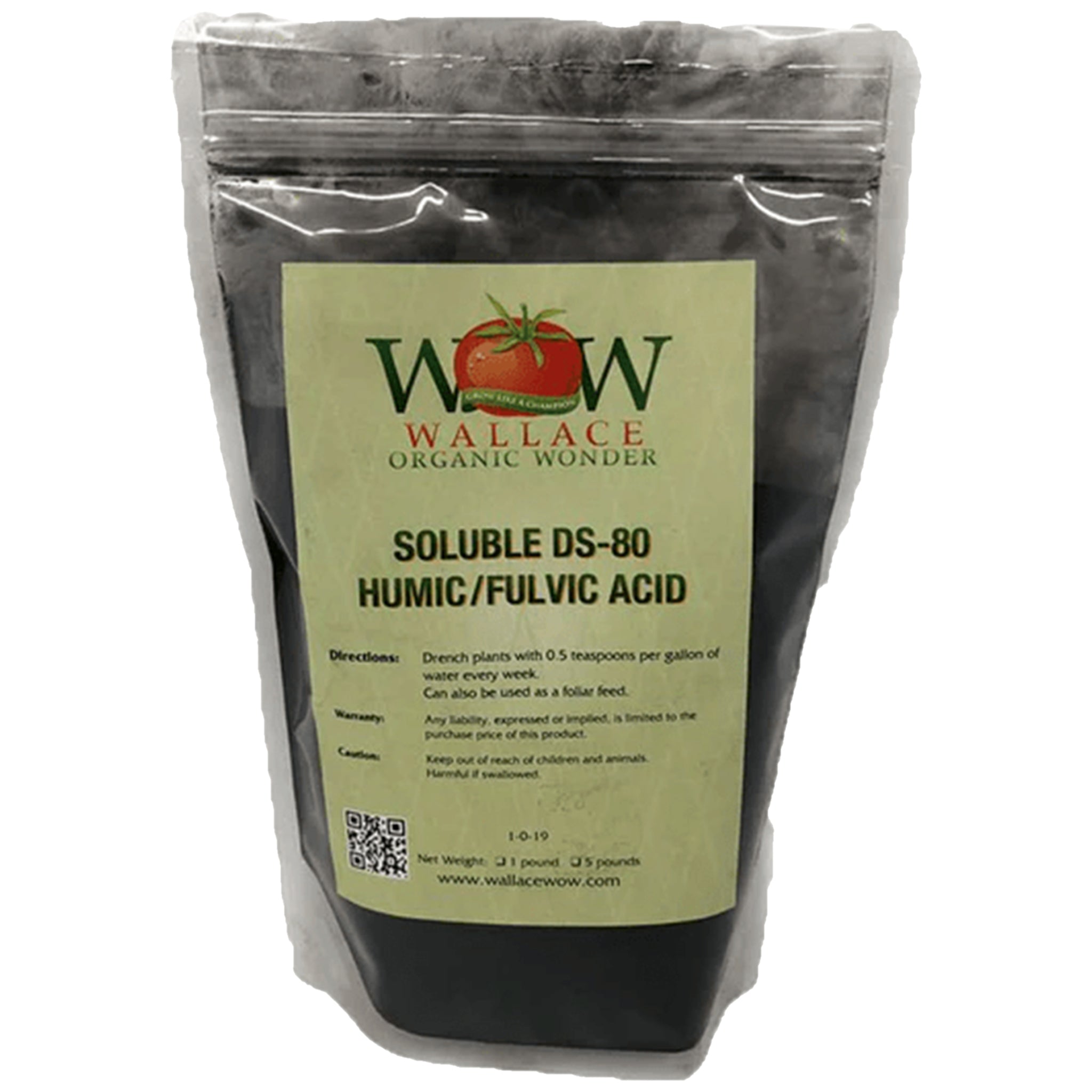THE CRUCIAL ROLE OF HUMIC AND FULVIC ACIDS AS BIOSTIMULANTS
Humic and fulvic acids are compounds derived from the decomposition of plant and animal matter. Though a product of decay, these acids are indeed fundamental to plant flourishing. Both classified as humic substances, humic and fulvic acids play significant roles in optimizing the physical and biological properties of agricultural soils, managing nutrient availability, and improving plant growth and metabolism.
The benefits of many organic farming practices–like compost amendments, mulching, and cover cropping–are an outcome of increasing humic and fulvic acid content in the soil. But potential sources of humic and fulvic acids are wildly diverse. Specific humic and fulvic acid contents also vary between different biological sources. Biostimulant formulations can employ these naturally occurring substances to provide growers with an impressive list of benefits.
This article will untangle the science behind humic and fulvic acids and explore the crucial role they play as part of effective biostimulant amendments.
UNDERSTANDING THE BASICS OF HUMIC AND FULVIC ACIDS
Comprehending the significance of humic and fulvic acids demands a quick Soil Chemistry 101 refresher. Humic acids and fulvic acids are organic molecules that fall under the larger umbrella of humic substances. Humic substances form naturally in soils through chemical and biological transformations of organic matter, along with the microbial metabolism involved in the decomposition of that organic matter. The resulting humic substances are a massive store of organic carbon and are essential to many ecological processes. This includes soil carbon and nutrient cycling, plant growth and development, and the breakdown of toxic industrial compounds and heavy metals.
Although both are considered humic substances, the chemical and physical qualities of humic and fulvic acids are quite different, and each play unique roles in soil and plant interactions. Humic acids are larger molecules and insoluble in water. They possess a remarkable ability to bind to clay minerals, forming stable complexes that impact soil structure and water retention. Conversely, fulvic acids are characterized by their smaller molecular size and demonstrate solubility across a wide pH range. This makes fulvic acids readily accessible to plant roots and tissues.
EFFECTS OF HUMIC ACIDS
Humic acids exert a profound influence on soil and plant ecosystems. They serve as soil conditioners, enhancing aggregation and porosity to ultimately promote microbial activity and nutrient availability. Humic acids are also chelating agents: they improve the availability of essential micronutrients in the soil.
EFFECTS OF FULVIC ACIDS
Fulvic acids, owing to their superior solubility and smaller size, play a pivotal role in transporting nutrients within plants. They act as efficient carriers for trace elements, facilitating their journey from the plant surface to various tissues. Fulvic acids interact with plant growth-regulating pathways to stimulate growth, stress resistance responses, and overall plant health.
This direct influence on plant growth, stress resistance, and health is why you will specifically see fulvic acid in many biostimulant amendments.
AGRICULTURAL APPLICATIONS OF HUMIC AND FULVIC ACIDS
Bringing theory into practice, the application of humic and fulvic acids yields tangible agricultural benefits. Through traditional organic practices like composting, manure spreading, and cover cropping, growers were realizing these benefits long before we even knew humic substances were the mechanism behind them.
Building on our increasingly clear understanding of the biochemical mechanisms driven by humic acids and fulvic acids, biostimulant formulations often include them to maximize their efficacy. The potential benefits of human substances are wide ranging and include:
- Seed Germination: Humic substances are used in seed treatment to improve germination rates and seedling establishment.
- Soil Remediation: Humic acids can be applied to soil contaminated with heavy metals or pollutants to reduce their harmful effects and aid in detoxification.
- Root Development: Humic and fulvic acids enhance root growth and branching, leading to improved nutrient and water absorption.
- Stress Tolerance: These acids can help plants tolerate environmental stressors such as drought, salinity, and disease, thus improving overall plant resilience.
- Water Retention: Applying humic substances to soil can enhance its water-holding capacity, reducing water runoff and irrigation requirements.
- Enhanced Nutrient Availability: Humic and fulvic acids can chelate essential nutrients, making them more available for plant uptake, which contributes to healthy plant growth.
- Crop Yield Improvement: By promoting overall plant health and nutrient uptake, humic and fulvic acids applications can lead to increased crop yields and quality.



